DSM
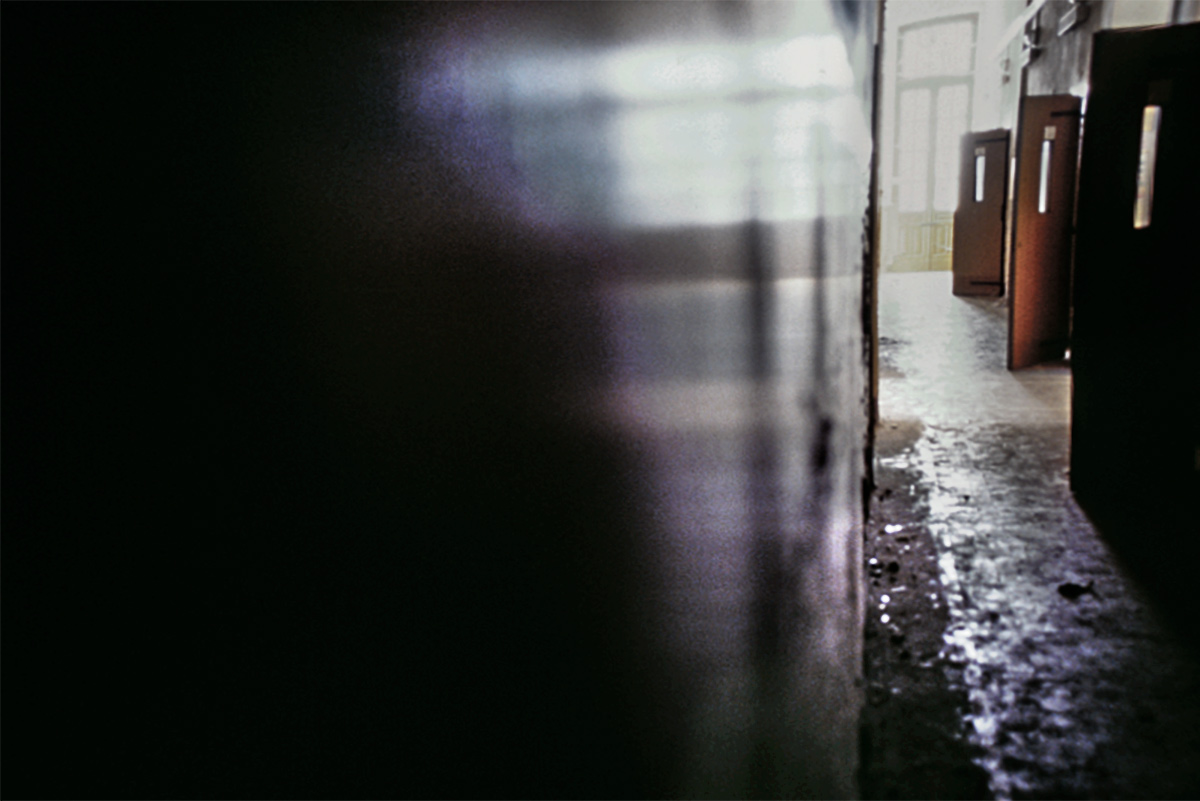
The entire project includes five different sections:
I. Artifacts, installation by Alejandro Gómez de Tuddo
II. Photographs by Alejandro Gómez de Tuddo
III. X Rays by Alejandro Gómez de Tuddo
IV. Sculptures by Eva Gerd
V. Drawings by Eva Gerd
Approximately thirty years ago, as a result of the enforcement of the “Psychiatric Reform Law”, better known as the “Basaglia Law”, Italian madhouses were shut down.
The instruments used in surgical operations at such mental health centres constitute the main object of each section of the exhibition. These instruments, mostly dating back to the sixties, were found by the artist at the operation rooms of the few institutions that have been kept closed and untouched ever since.
Magnetic Resonance Images (MRI) of the surgical instruments are projected over the walls of the spiral structure of the “Artefacts” installation -built as a container of organs. At its center, a human brain in formaldehide stands lit in the dark.
The series of photographs, shot at the desolate spaces of the old mental health institutions, evoke the memory of its former occupants; while the X rays of the instruments, mounted on light boxes, give birth to the process of expansion of memory.
The sound installation blends with the resonance of the wind while passing through the interstices of an old medieval ruin, and the caw of birds that nest in the hollow building.
These modern medical techniches applied to steady objects, transported to the artistic field, establish a counterpoint dialogue with the pencil drawings of Eva Gerd, transforming the instruments in post-organic bodies in continuous evolution.
Each of these rescued objects – coated, sutured and embalmed – rests in a larval state, lying on black satin pillows. With such burial in full sight, the ritual of the metamorphosis of the objects comes to its conclusion. Furthermore the embedded artistic endeavour also reaches a conclusion. In so doing it reminds of the Platonic theory of ideas and the doctrine of shapes, where existence is divided into two spheres: that of the “intelligible”of the perfect ideas and shapes, eternal and undivisible; and that of the “sensible”, where concrete and known objects belong.
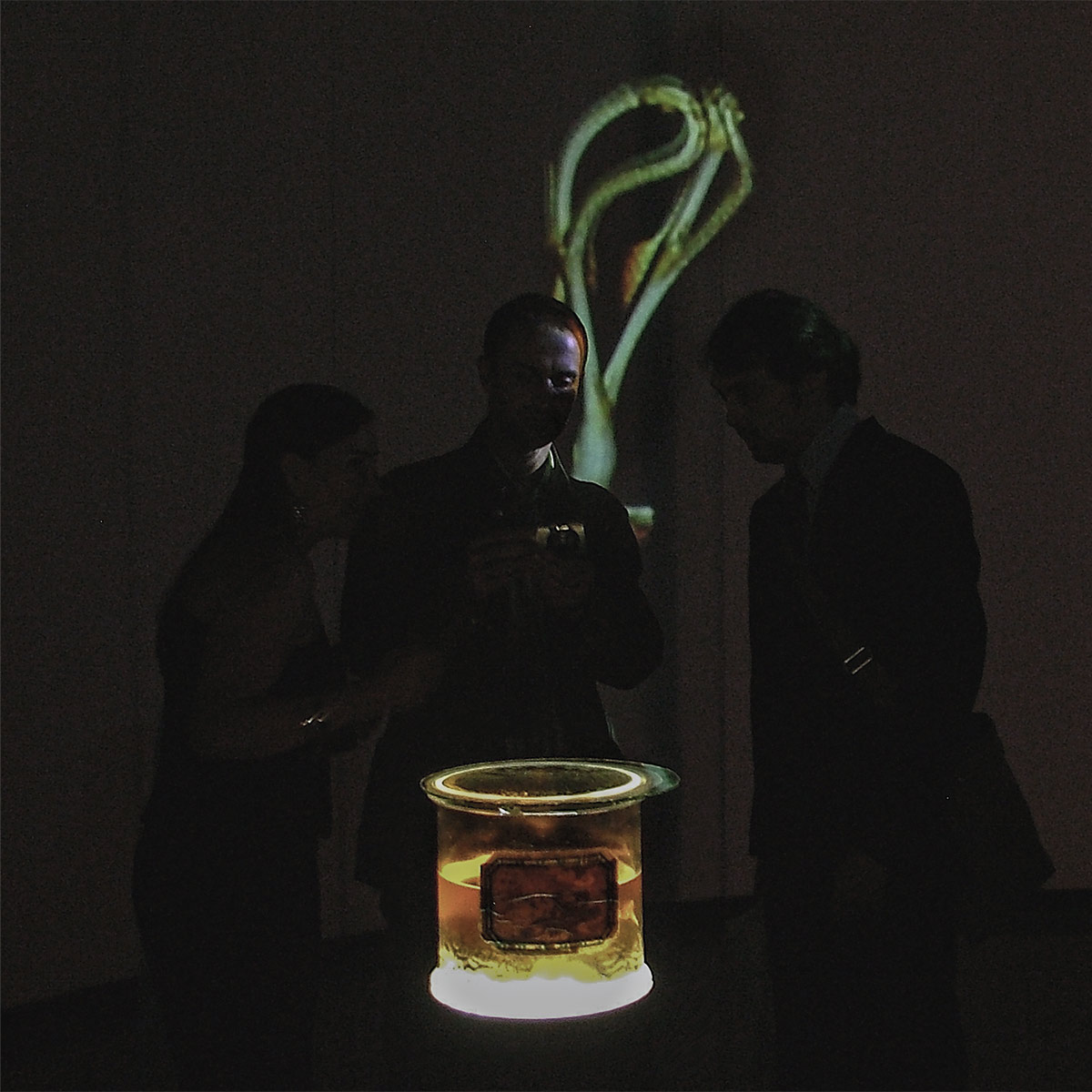
Artifacts Installation render
Human Contrasts, Ambiguity and Disturbance
In Gómez de Tuddo’s photographs of mental health premises, life seems to be suddenly pulled out. The remains
– a wheelchair that continues to stare at the light that filters through the window – everyday object: toilet paper, slightly unrolled, as if waiting to be used. These build a disturbing image of suspended life, nourished by the echoes of a short story.
Gómez de Tuddo’s photographic compositions evoke intimacy and light, which have been transfigured into demential words of objects immortalized by forgetfulness. These objects are free from the presence of inmates, who never met the camera. Yet they are here, tied, hidden within love letters, or in the vessel containing a brain in formaldehyde, rescued by the photographer from the the ship of fools’ wreck.
Carlos F. Marquez, La Jornada, Michoacán, 2008
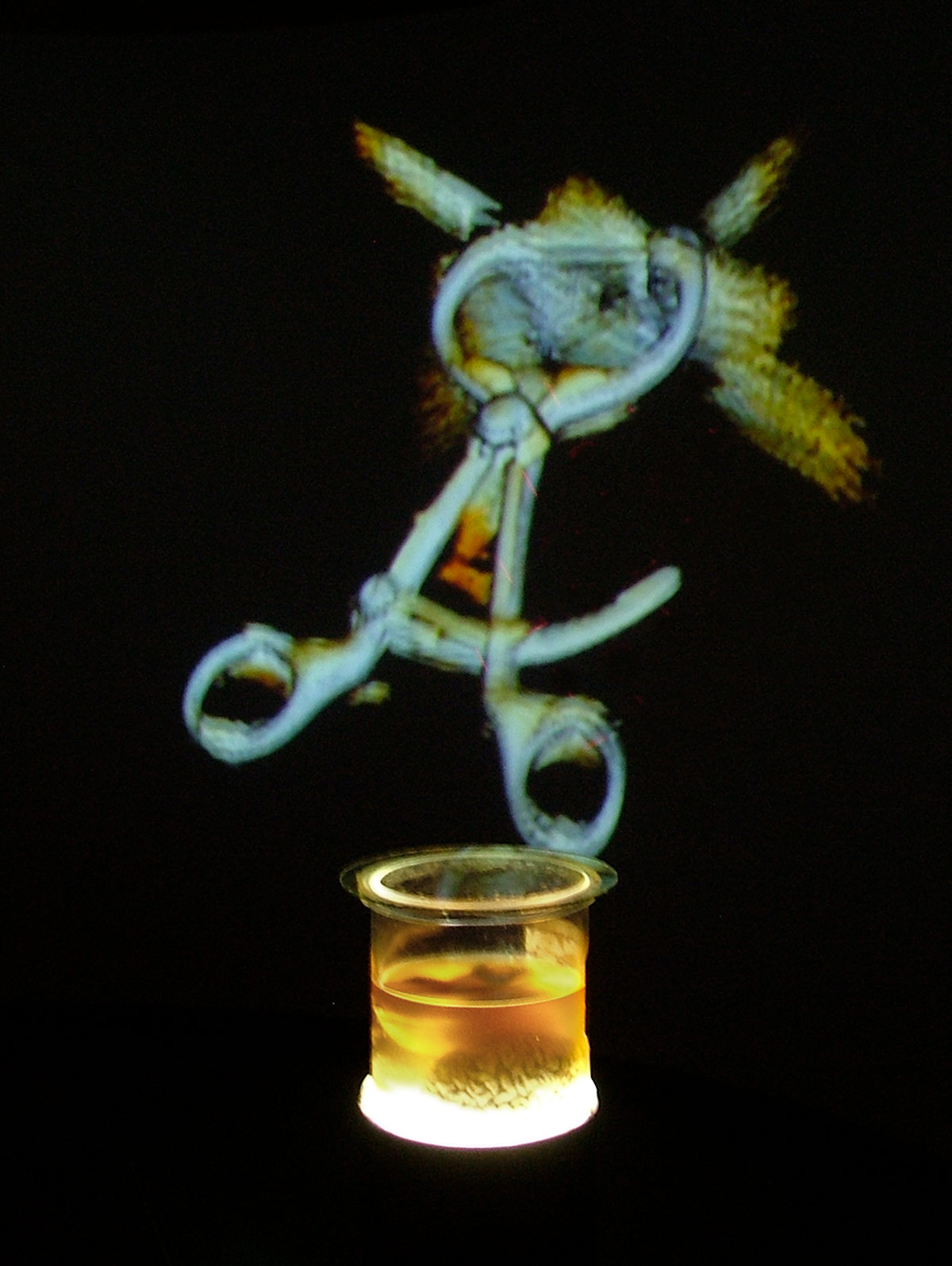
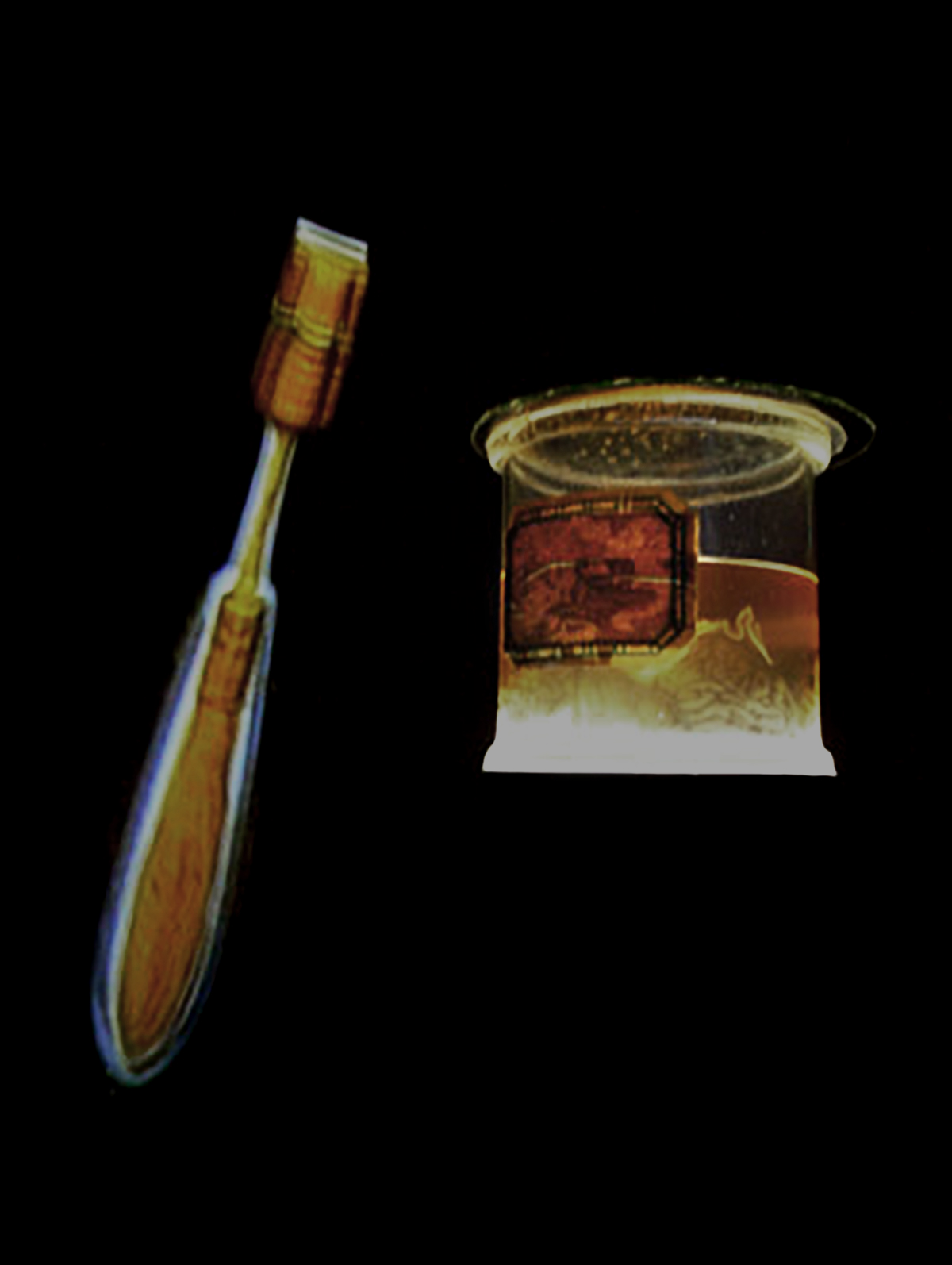
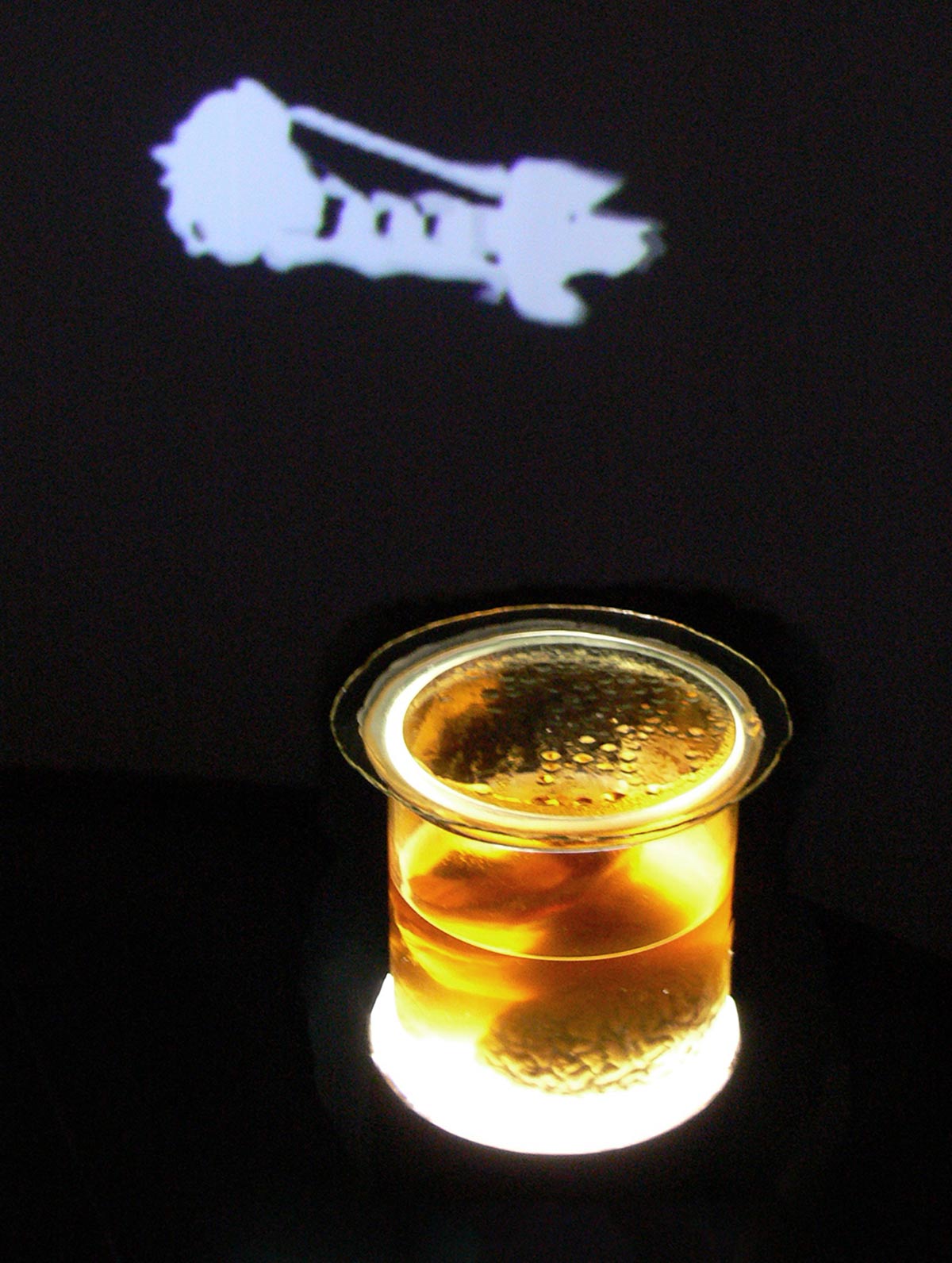
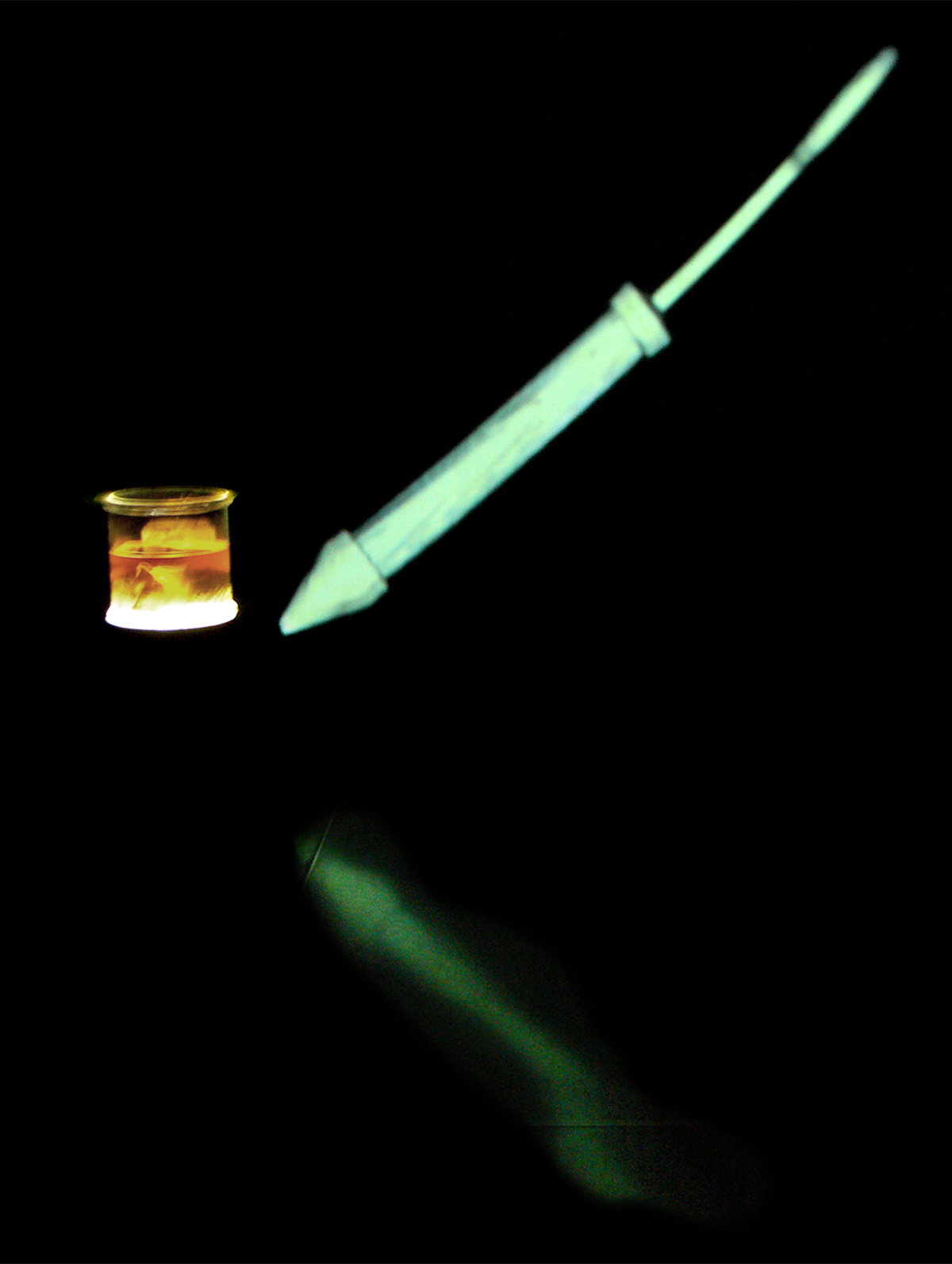
Los ecos de la locura
Alejandro Gómez de Tuddo se ha dado a la tarea de viajar por el mundo dispuesto a encontrar vida en lo que clínicamente está muerto. Le importa mostrar la belleza en aquello que a primera vista horroriza, o que por violento y cruel nos negamos a mirar. Sus fotografías se exhiben en museos, galerías y espacios alternativos en diversos países del mundo. En algunos casos se trata de visiones que muestran la crueldad y la estupidez humanas. En otros, los objetos fotografiados se transforman en una serenidad espectral de hiperrealidad inquietante, mientras que otras son abstracciones de poesía pura. Para exponer gusta de trabajar en formatos grandes (“gigantografías”), en los cuales se pueden apreciar una variedad de detalles, ante los cuales el espectador puede emprender diferentes lecturas. La muestra “DSM” nos propone una serie de visiones envolventes y elípticas, en las que cada imagen se desdobla de su real iconografía para convertirse, al mismo tiempo, en algo distinto. En este juego poético, donde la imagen siempre deviene metáfora, las imágenes de manicomios abandonados fascinan y perturban: Los apuntes a mesas de cirugías, salones abandonados, pequeños objetos abandonados y mordidos por el tiempo, aparecen como flashes mnemónicos de un recorrido por el inconsciente, el mito y el símbolo. Si, como pedía el escritor cubano José Lezama Lima (1910-1976), “la imagen es la causa secreta de la historia”, ya que es el motivo que penetra e impulsa al hombre, las imágenes en el quehacer de Gómez de Tuddo, hacen suya esta premisa y convierten lo aparente en revelación de lo invisible, “lo pasado” en una puerta a la posibilidad.
Demetrio Olivo, La voz de Michoacán, Morelia, 2008
Museums & Galleries
Museo de Arte Contempopráneo AZ
Morelia, Michoacan
Principio de incertidumbre
(Group Show)
Forum Universal de las Culturas
Centro de las Artes
Curator: Fernando Delmar
Monterrey, Mexico 2007
Other participants: Gabriel Orozco, Francis Alys, Demián Flores, Ale de la Puente, Pedro Reyes, Manuel Rocha, Toro Lab, Mario Vargas Lugo, Damián Ortega…
Artifacts Magnetic Resonance Images, Axial Readings
Artifacts Magnetic Resonance Images, Isometric Readings
